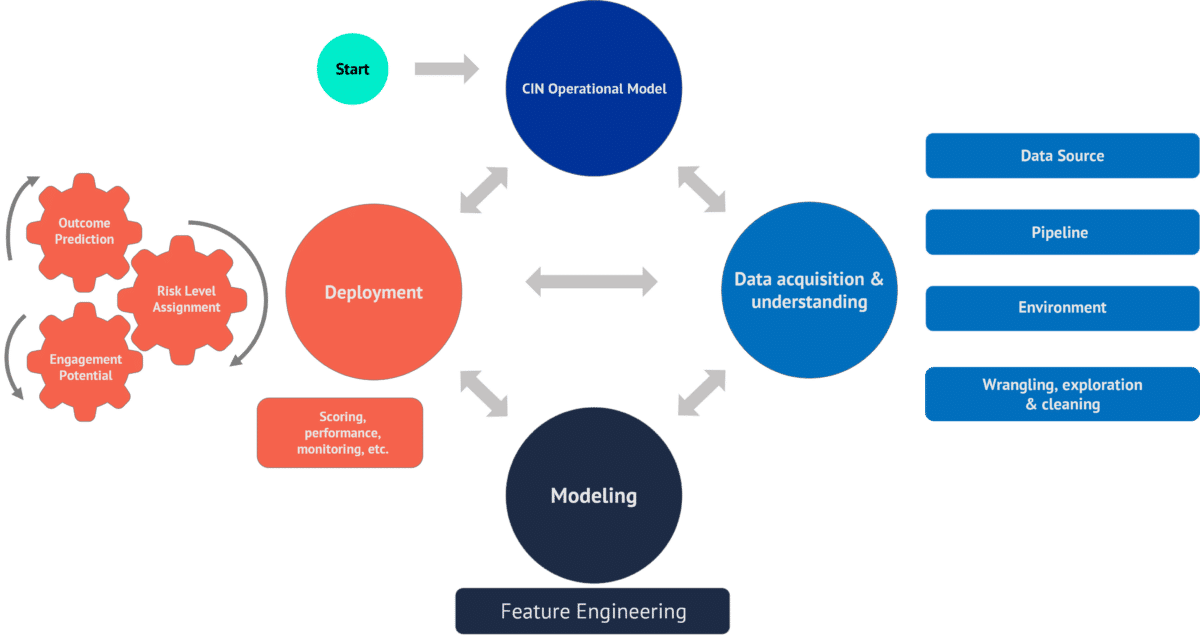Project Details
In order to facilitate value-based care initiatives and improve quality of patient care, our client required help in four key areas: data assessment, data ingestion (ETL), patient risk scoring, and documentation and training.
The data assessment phase was the most critical as our client’s team was manually extracting data and receiving disparate files sent at irregular intervals, resulting in loss of valuable information, inefficient operations, and lack of patient risk insights. Our team met with the third-party administrator responsible for providing claims and eligibility data, documenting all incoming files and recording timing of deliveries, transfer methods, field definitions, logic employed, and identifying final paid claims. Additionally, we conducted a review of their member health questionnaire and enrollment forms.
After gathering requirements, our team developed an automated process to ingest, store, normalize, and assimilate data sets for use within the CIN operations.
Data Science Architecture to Support a Clinically Integrated Network in Member Risk Score Assignment

With standardized, longitudinal patient data encompassing clinical, utilization, demographic, and health assessment domains, the InfoWorks’ team created a series of data models to predict the likelihood of future adverse events (hospitalizations and ER visits) and total cost of care (medical and pharmacy expenditures). The model was unique in that two different risk scores were computed for each outcome, one from the health questionnaire and the other from claims. The purpose of estimating two different models per outcome was to ensure equal importance of data from both objective and subjective perspectives, and accordingly, to provide a more patient-centric risk score. Our client integrated these risk scores into their clinical operations, allowing them to more accurately allocate clinical resources across their diverse patient population.
By project end, which was less than two months from the last scoping meeting, our team delivered a comprehensive set of tangible outputs including programming code to ingest four different types of data to a secure database, code to normalize the raw data, code to calculate a multidimensional risk score that accounts for both medical and personal health perception data, and a business intelligence dashboard connected to the normalized and risk-scored data.
Following completion of the technical aspects of the project, we supplied our client with programming code, step-by-step manuals, and overview documents to support them in maintaining the work post project completion. We also met with our client on several occasions post formal completion of the project to answer follow-up questions and clarify steps in the documentation.
Based on success of the project, this client re-engaged InfoWorks to help them strategize expansion of their CIN in both the current geography and new states.




